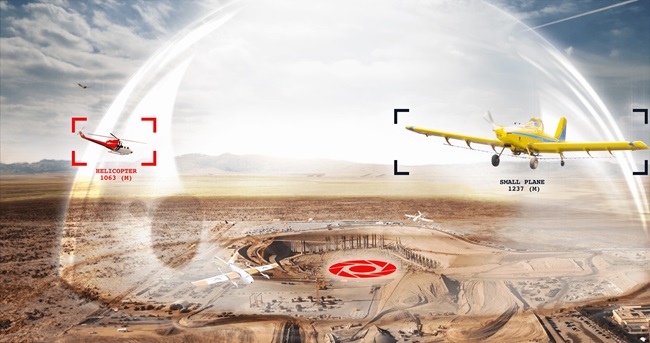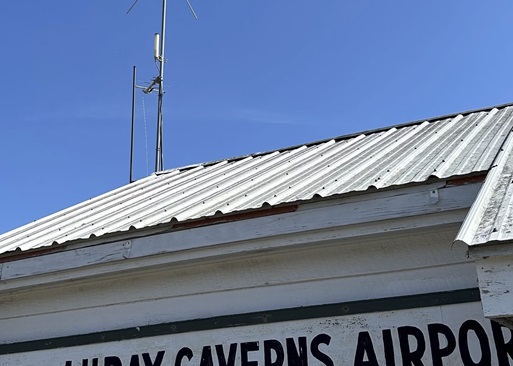Update it, or park it?
What the ADS-B mandate means to older turbines

The FAA will require ADS-B Out for flights after January 1 in the airspace defined by FAR 91.225, generally where a transponder is required today. ADS-B uses GPS satellites to determine an aircraft’s position, and broadcasts it to FAA ground stations and directly to equipped aircraft.
Some piston operators in the continental United States will postpone equipping by flying below 10,000 feet and avoiding Class B and Class C terminal areas, but turbine operators really don’t have that option because of significantly higher fuel consumption at lower altitudes.
Which models are most likely to be affected? In June 2019, only 52 percent of the Cessna Citation III fleet (Model 650) were equipped with ADS-B Out capability, according to Mode S data from FlightAware (see “About the Data,” this page). Only 55 percent of Learjet 35s and 57 percent of Learjet 31s had ADS-B, with dozens of each remaining to equip—or park. Beechcraft Beechjet equipage is 59 percent, with 129 aircraft in limbo. There are models with even lower equipage rates—the Gulfstream III at 43 percent, or the Learjet 55 at 49 percent—but the operational fleets are fewer than 50 aircraft in both cases. Much higher numbers of those other models remain in service.
And equipage numbers are increasing dramatically this year. FAA data show that the average monthly equipage rate has increased from about 1,200 aircraft to nearly 4,000 (see “ADS-B: Three Months to Go,” p. 95).
“The older aircraft are a challenge,” said Bill Stone, avionics product manager for Garmin. “WAAS LPV is an expensive upgrade, and it ripples beyond the FMS.” If it’s even available for the aircraft, upgrading both flight management systems to WAAS capability and adding ADS-B Out transponders will cost well into the $200,000 to $300,000 range—a tough pill to swallow for owners of older, low-value turbines. But a full avionics update seldom is required.
“We can put in a standalone WAAS receiver and ADS-B transponders, and shave quite a bit off the price,” Stone said. Garmin’s GTX 3000 transponders are TCAS-compatible, and the GTX 345R is popular for non-TCAS aircraft, he added. “Put those in with a stand-alone position source and you’re down to five figures instead of six.”
But not every owner will upgrade, he said. “I’m sure there are some that will be retired, parted out, or exported. South America is a great place for old, noisy jets.”
“It’s almost a perfect storm for these older, lower-value aircraft,” said Marshall Mortley, senior manager of marketing and product management for BendixKing. While a full avionics upgrade would cost more than $100,000, “We have two KT 74 transponders to replace the older KT 70s. This solution, flyaway-priced, is closer to $30,000.”
Similarly, legacy MST 67A transponders—found in many older turbine aircraft—can be replaced with MST 70B, using the same racks and wiring. It’s a diversity solution that would work worldwide, Mortley said.
“For these older aircraft, where their engines are typically their hull value, [owners] are not going to make a park/no park decision based on ADS-B,” he added.
FreeFlight Systems and other vendors also offer ADS-B solutions that do not require FMS upgrades.
“What the figures reflect is a deduction—today—in the range of 5 percent of the aircraft’s value for the lack of ADS-B,” Kioussis said in early August. That deduction will increase as January 2020 draws closer, with the amount determined by transaction values.
A number of aircraft owners have contacted Tony Kioussis, president and CEO of asset valuation firm Asset Insight LLC, asking for the value of an aircraft without ADS-B now and again in January 2020. In some cases the differential is fairly modest, in others it’s substantial. Owners are looking for the strategy that will optimize the financial return on their aircraft, he said.
“What standalone [ADS-B] units are doing is increasing the number of aircraft still in circulation in January 2020,” Kioussis said. “ADS-B is not the end of the airplane. But a lot of these airplanes have reached their financial obsolescence.” Does it make sense to continue operating an airframe with older, less efficient engines that require overhaul—especially if major inspections are coming due? “I view ADS-B as just another nail in the coffin of an airplane that’s already dead.”
As an example of the relationships between airframe, engines, and ADS-B, Kioussis prepared four valuations for a 1991 Cessna Citation III, model 650. He assumed the engines, which have 4,200-hour TBOs, were not covered by an hourly cost maintenance program and are coming up on their second overhaul. At 8,300 flight hours and cycles—just 100 hours before both Honeywell TFE731 overhauls are due—the jet without ADS-B is worth $785,324. With ADS-B, the same jet is valued at $826,657, a difference of $41,333. At 8,500 flight hours and cycles—100 hours after engine overhauls—the same aircraft without ADS-B is $832,019; with ADS-B installed, it’s $873,352.
“What the figures reflect is a deduction—today—in the range of 5 percent of the aircraft’s value for the lack of ADS-B,” Kioussis said in early August. That deduction will increase as January 2020 draws closer, with the amount determined by transaction values. “Only time will tell the actual deduction come 2020.”
Kioussis also noted that the double engine overhaul, costing the operator around $672,000, increases the value of the aircraft by only $47,000. “It would make little sense for the operator to overhaul the engines on this aircraft in an effort to sell it” he said.AOPA
Email [email protected]



